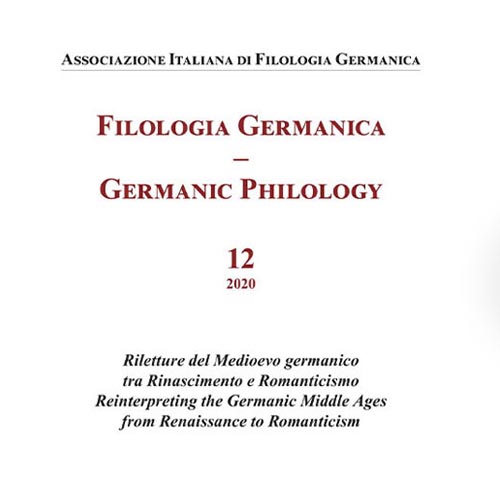Quando le valchirie cantano in nederlandese: Het weefgezang der walkyren di A.C.W. Staring
DOI:
https://doi.org/10.14672/fg.v12i.2546Abstract
In the course of the seventeenth century a new interest in their own past awoke in the cultural elites in Scandinavia. Such interest brought about not only pioneering historiographic works, but also the edition and translation of Old Norse literary masterworks, such as the Eddas, Snorri’s Heimskringla, some skaldic poems, and several sagas. At a later time, the publication of Edmund Burke’s A Philosophical Enquiry into the Origin of Our Ideas of the Sublime and Beautiful (1757) and of James Macpherson’s Fragments of Ancient Poetry collected in the Highland of Scotland (1760) produced a deep change in the literary taste of the cultivated circles that paved the way for a broad reception of Old Norse literature in the whole of Europe during the second half of the eighteenth and the first decades of the nineteenth century. This fascination for Northern literature was also shared by Dutch scholars and poets who were open to the new trends in English and German literatures. One of such poets was Antonie Christiaan Winand Staring (1767-1840) who wrote two humoresque poems that drew inspiration from Snorri’s Edda and two translations of Old Norse texts, Baldrs draumar and Darraðarljóð, which he composed on the basis of Herder’s and Gray’s versions. In this article I will focus on the example of Darraðarljóð, aiming to figure out which strategies Staring adopted in his translation work and how his text constructs an intertextual dialogue with other translations of the same poem.
Pubblicato
Fascicolo
Sezione
Licenza

Questo lavoro è fornito con la licenza Creative Commons Attribuzione - Condividi allo stesso modo 4.0.
CC-BY-SA



